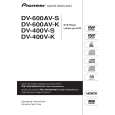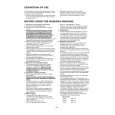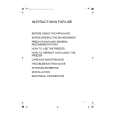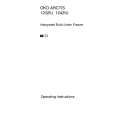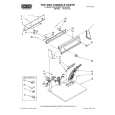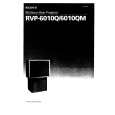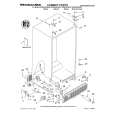|
No hay comentarios de productos.
7-2. OCP/F.B. terminal (pin 1) : Oscillator and constant voltage control circuit.
The Oscillator makes use of charging and discharging of C1 incorporated in the hybrid IC and generates pulse signals to determine the OFF-time of the MOS FET. The constant voltage control of a switch mode power supply is performed by fixing the OFF-time of the MOS FET (=50 sec.) and changing the ON-time in the PRC(Pulse Ratio Control) operation. Fig. 6 show how the oscillator works when the hybrid IC operates without control of constant voltage. When the MOS FET is on, the capacitor C1 is charged to the constant voltage (=6.5V). On the other hand, voltage drop (VR5) is caused in the OCP/FB terminal(pin 1) by the flow of drain current across R5. This voltage is the a sawtooth voltage like ID and almost the same voltage as applied to VR5 is applied to No. 1 terminal. When the No. 1 terminal voltage reaches the threshold voltage Vth(1)=0.73V, the Comp.1 operates and the comparator of the internal oscillator is reversed to turn off the MOS FET. When the MOS FET turn off, charging of C1 is released and C1 starts discharging by the internal resistor R1. C1 voltages decrease in accordance with the slope which is determined by the discharging time constants of C1 and R1. When C1 voltages decrease to around 3.7V, the oscillator output is reversed again and the MOS FET turns on. Then, C1 is quickly charged to around 6.5V. The MOS FET continues oscillation by repeating this operation. As described above, the time determined by the slope of VR5(ID) is the ON-time of the MOS FET. Also, the fixed time determined by C1 and R1 is the OFF-time of the MOS FET. The fixed time is adjusted at around 50 sec. by function trimming of R1.
Fig. 6 Oscillating operation of switch-mode power supply
31
|
